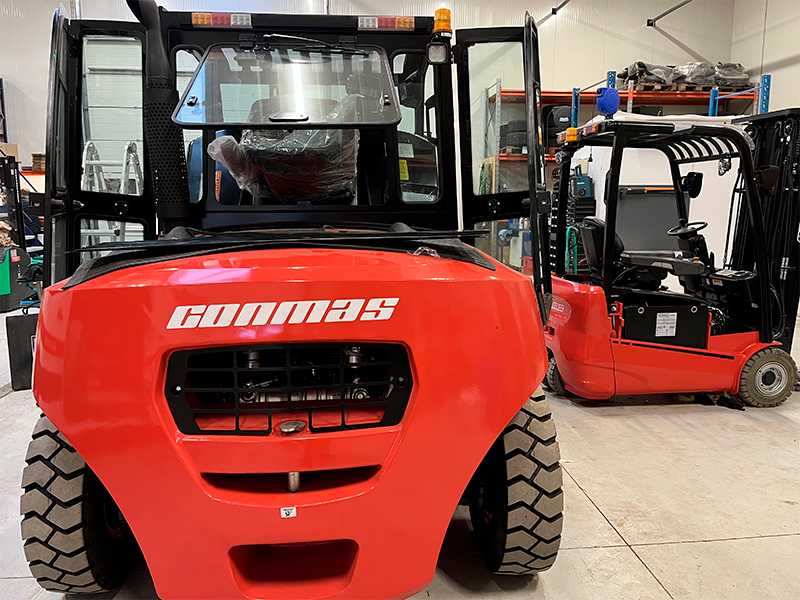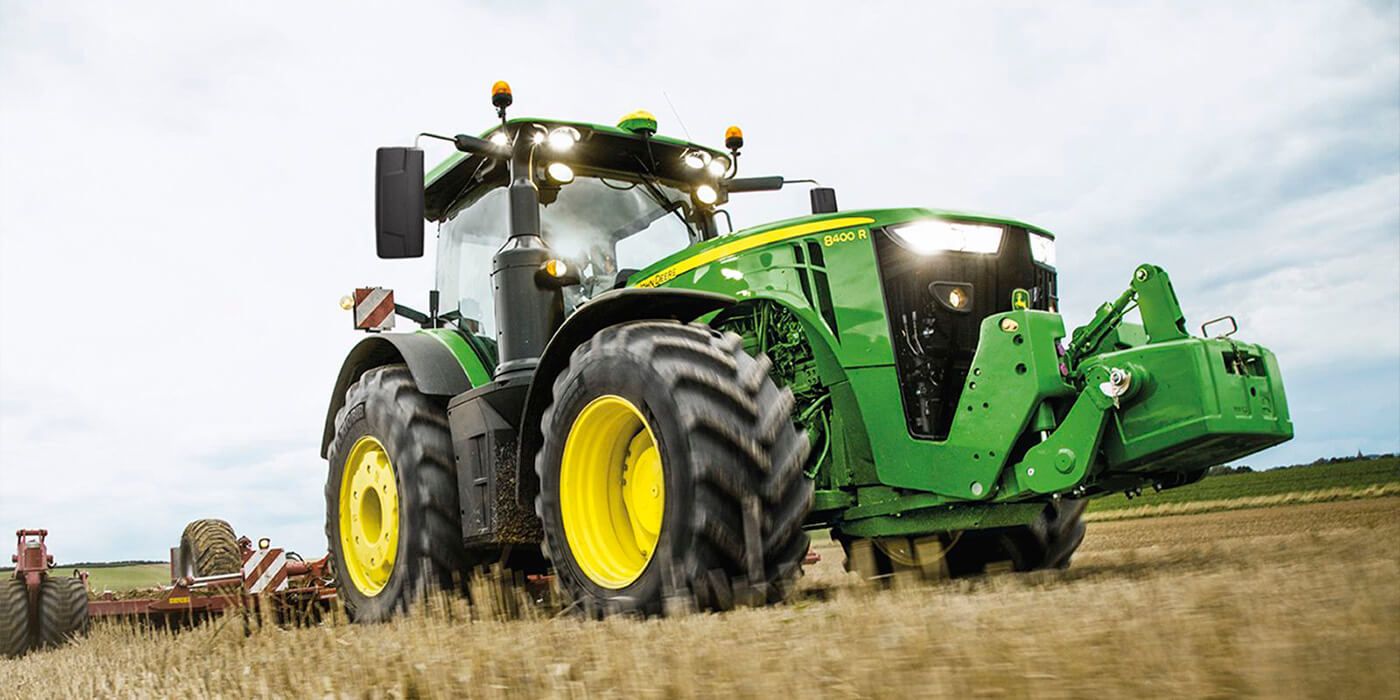How to spot a giveaway scam

On social media, in emails or text messages, you may come across enticing contests that promise great prizes. Unfortunately, it is not always easy to determine whether these contests are real or not. Scammers often imitate companies' marketing campaigns to trick unsuspecting participants. But with a keen sense of observation, you can learn to spot the fake contests.

Always check the company's website
The first step on the road to secure giveaway habits is to investigate whether the competition is advertised on the company's official website. Lack of attendance can be a red flag and sign that the contest is fake. Avoid clicking on links in posts or messages and instead search for the company's website directly in your browser.
If you are still unsure after your research, it is always best to call the company directly for confirmation.
Verify the company's online profiles
On social media platforms such as Facebook and Instagram, look for a blue tick next to the profile name. The check mark indicates that the social media has verified the business, increasing the likelihood that the contest is genuine. That's not to say that it can't still be real even if the tick is missing. Verification is not available to everyone - and some companies simply do not use the option.
Watch out for spelling and grammatical errors
Let's pretend you come across a competition from JMA A/S. However, you notice that the name of the profile is written as JMAas instead. Your alarm bells should already be ringing here. Although scammers have become more sophisticated in their approach, errors like this can indicate that there is something fishy about the competition.
If that is not quite enough to rule out the competition as fake, you can also examine other aspects of the profile.
Be curious about the company's account activity
When visiting a social media profile, look for signs of activity.
- Is the page created recently?
- Is there only the one posting?
- Are all postings new or within the same period?
A newly created or inactive profile may be suspicious. Therefore, also check the postings for negative comments, which can reveal the scam, and be aware of the lack of response to comments made to the postings.
In addition, it is also always a good idea to check the profile's "About" section on Facebook and Instagram. An empty or misleading description containing an external link can be a sign that the account is fake.
Pay attention to red flags, such as direct messages etc.
Red flags. There are some who may push the suspicion of fraudulent contests. One of the biggest warning signs is direct messages asking for personal information, credit card information or references to external links. Avoid interactions with profiles with such suggestions in exchange for prizes.
Real giveaways or contests will never involve you paying anything to receive your prize.
Another red flag to look for is the number of followers on a page. Real people (celebrities) and companies usually have a loyal following of people, and thus also secured many followers. If the profile, therefore, only has a few followers, it may indicate a fraudulent profile.
Conversely, if there are many followers but no verification, you should be suspicious. Be curious about the followers.
- Do they look suspicious?
- Are the profiles inactive?
- Are their names gibberish?
Then it can be purchased followers, better known as bots, that the scammer uses to give a false impression of authenticity. The competition is probably not real, despite the fact that it seems that way.
Closing
By paying attention to these warning signs, you can protect yourself from being tricked by fake contests. Always be sceptical, pause and take the time to research before entering a contest online.
Protect yourself and only enter contests that actually pamper you rather than leave you in debt.
Other News
Reference: Create an overview and structure for better work processes
"We chose DSM to get an overview and get control of everything from stock, sales, customers and spare parts. We can better deal with each other and see what is moving across the board. It is clear that there is a difference on those who sit out in the warehouse to us who sit in sales or the administration. The more we become, the more structure we need." Camilla Sahl Andreasen, marketing manager, Conmas.
6 Useful Tips to Reduce Obsolescence
"It is a Business Disease Where You Keep Everything" - Rune Fredenslund, Lyngfeldt
Machines for rent, ownership or sharing - how is the future?
Seen in perspective to new trends in sharing economy, CO2 neutrality and limitation of resource consumption. How will farmers finance their machines and run their agriculture in the future?







